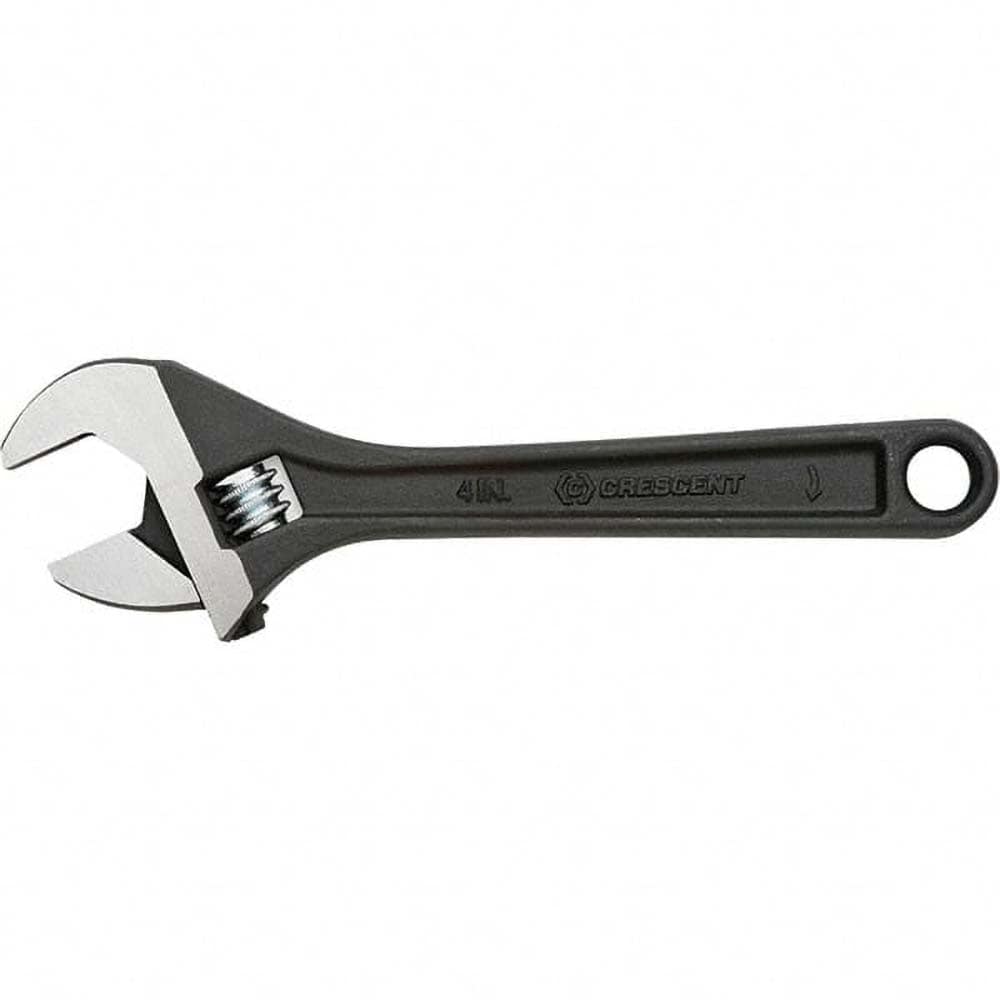Many metric wrench, socket, nut and bolt sizes are extremely rare outside the US also.Why ? Those are socket / wrench sizes. Outside of the US (and Canada), how common do you think SAE tools are ?
It’s unfortunate that metric fasteners don’t have a single universal wrench and socket size for the head of the bolt/nut). Sadly metric hardware has close to a dozen Different Non-interchangeable standards as compared to 1x standard for sae wrench/socket size for all hardware.
At work the same size nut and bolt might require 3x wrenches and 2x drive sockets depending on the brand of fastener and country of origin.
Good design practices eh?
Why ? Those are socket / wrench sizes. Outside of the US (and Canada), how common do you think SAE tools are ?
SAE=Imperial if your in England you will still encounter Imperial parts, even on supposedly completely metric equipment .
That’s why a lot of old mechanics in all parts of the world remember that certain wrench sizes (in metric ) fit certain imperial sizes “good enough “
Certain metric sizes are extremely uncommon
more uncommon than English unit fasteners because the Euro zone manufacturers skip certain sizes altogether when making vehicles and heavy equipment.
Then those wrenches and sockets are not commonly in sets.
Other parts of the world will use the sizes Europe skipped resulting in the exact same issue as no sets contain certain size sockets/wrenches when you are in Germany for example.
Last edited:

